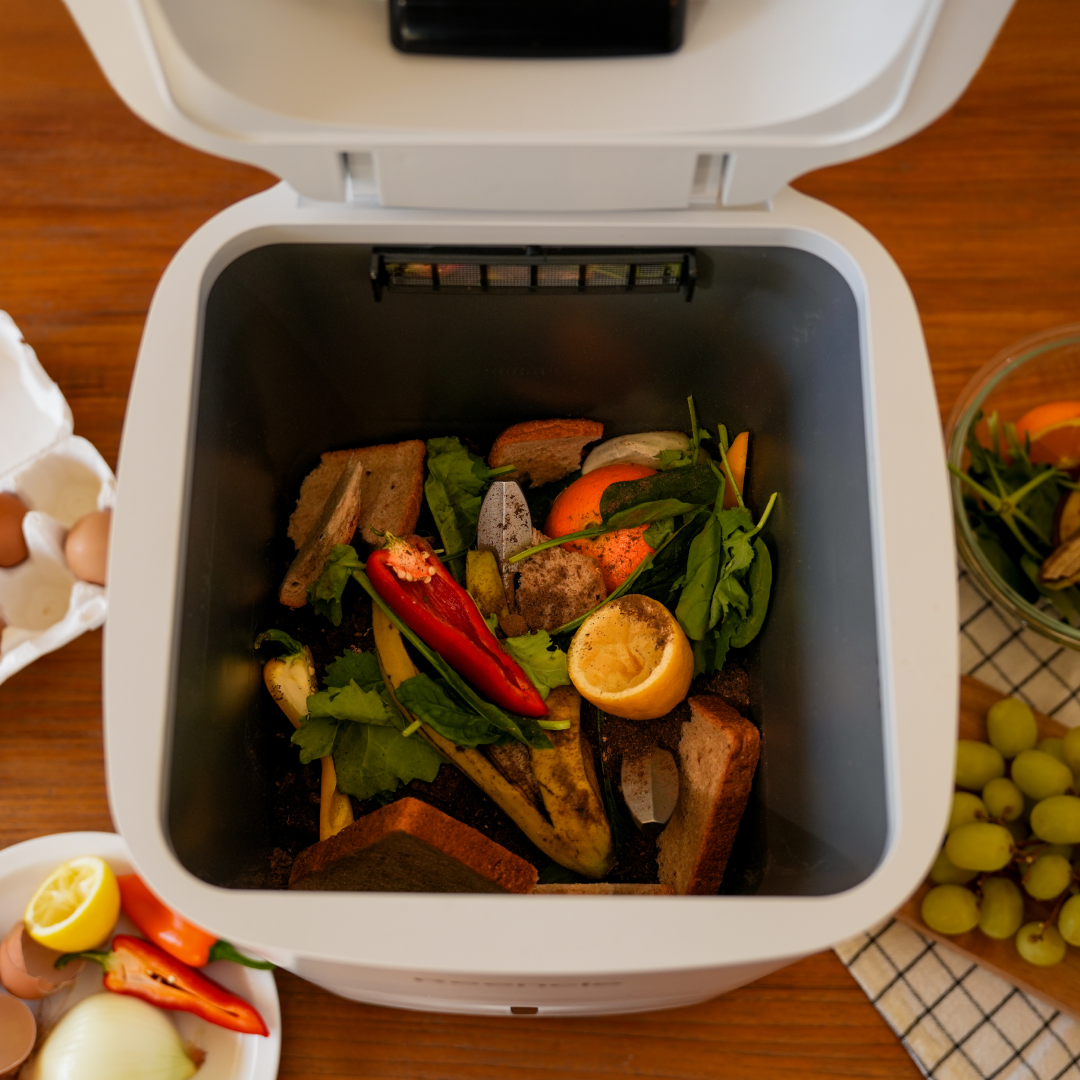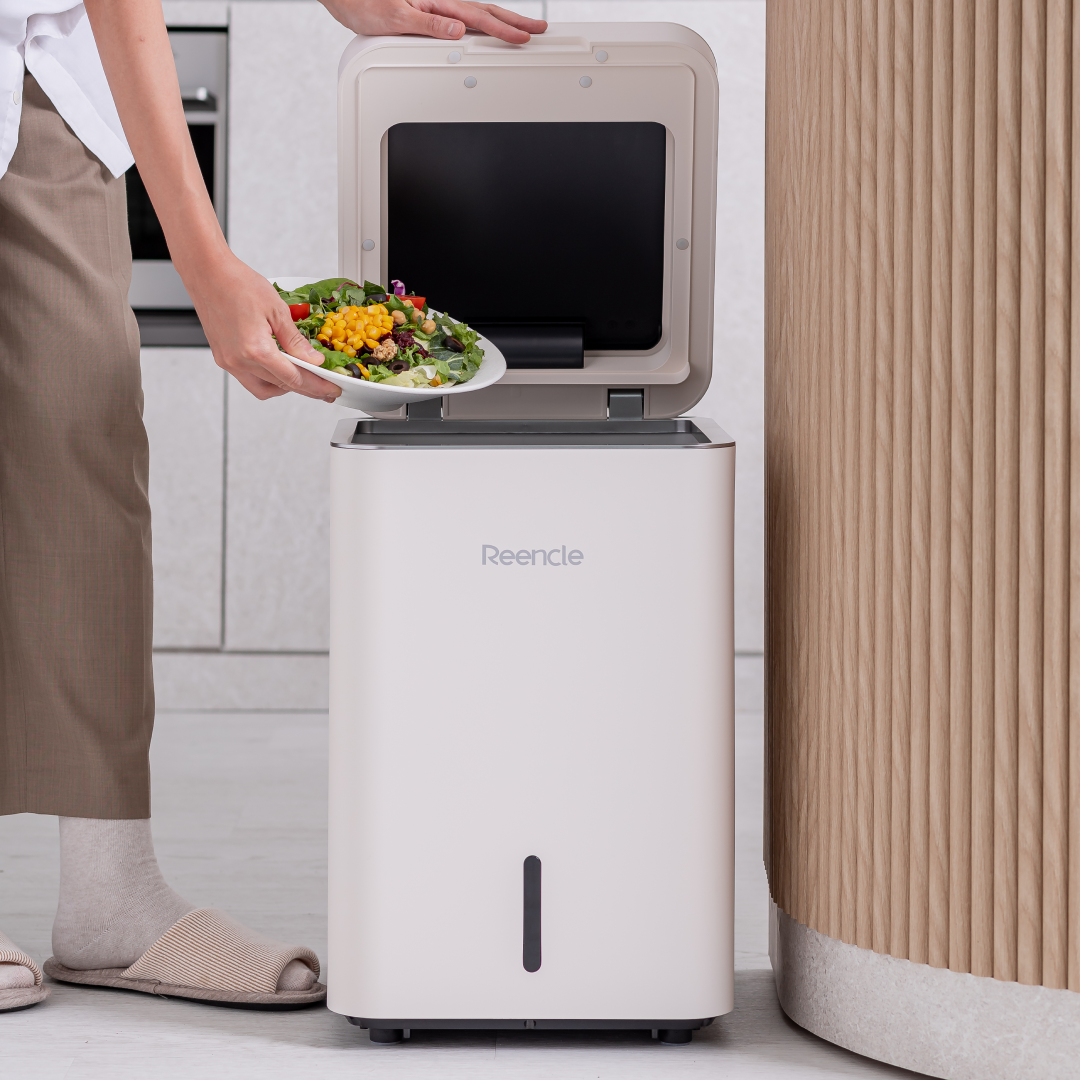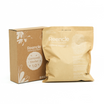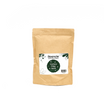Selecting the best pots
and garden boxes

Can you do home gardening indoors? Absolutely!
You can easily grow crops using the pots you already have. However, many people often find themselves puzzled about which pots to choose and how to use them effectively.It's normal to feel uncertain when trying something new. Today, let's talk about choosing the best pots and garden boxes for your home garden.

Why does our partnership matters
For every purchase, we plant 1 TREE to nurture our planet 🌲Together, we are sowing the seeds of change and cultivating a greener, more sustainable world.
Anything else?
Anything else?You willl also receive an official certificate from Greenspark as a token of appreciation for your commitment to the environment! 📜
How do we see the progress?
How do we see the progress?Join us on this remarkable journey towards an impact dashboard.You can see how your eco-smart choice made the world a better place
 View more
View more
Your support empowers reforestation, fights climate change,
and paves the way for a brighter, eco-friendly future.
Join us on this remarkable journey towards a cleaner,healthier planet.
Shop with a purpose, shop with Reencle! 🛒💚

Why does our partnership matters
For every purchase, we plant 1 TREE to nurture our planet 🌲Together, we are sowing the seeds of change and cultivating a greener, more sustainable world.
Anything else?
Anything else?You willl also receive an official certificate from Greenspark as a token of appreciation for your commitment to the environment! 📜
How do we see the progress?
How do we see the progress?Join us on this remarkable journey towards an impact dashboard.You can see how your eco-smart choice made the world a better place
 View more
View more
Your support empowers reforestation, fights climate change,
and paves the way for a brighter, eco-friendly future.
Join us on this remarkable journey towards a cleaner,healthier planet.
Shop with a purpose, shop with Reencle! 🛒💚
1. Types of Materials
When it comes to containers, there are mainly two types: pots and garden boxes. The choice between clay or plastic significantly impacts the soil mixture's composition for cultivation. The drainage holes at the bottom of these containers serve dual purposes: water drainage and air circulation. Thus, ensuring we do not block them is crucial.
Clay Pots
- Made at low temperatures, clay pots have numerous invisible pores.
- These pores allow water to penetrate the walls and evaporate slowly, enhancing permeability.
Plastic Pots
- Lightweight, inexpensive, and durable, plastic pots have become popular recently.
- Since plastic is impermeable, proper drainage is essential. Fill one-third of the pot with gravel, then add soil, leaving a gap for watering.
2. Types of Pots
Terracotta Pots
- Consistently popular, terracotta pots do not dry out quickly after watering.
- Their appealing design harmonizes with plants, but they are heavy and have small drainage holes, making them prone to waterlogging.
Plastic Pots
- Light in weight but lacking in breathability.
- Basic plastic pots are not ideal for long-term plant growth due to limited space and insufficient nutrients and water. However, their lightness makes them useful for large, heavy plants.
Cement and Terrazzo Pots
- Terrazzo pots are heavy and prone to breaking, often with small drainage holes.
- Cement pots also restrict ventilation, posing challenges for novice gardeners.
Glazed Ceramic and Glass Pots
- Colorful and attractive, but lacking breathability, which requires careful watering to avoid waterlogging.
- Suitable for those confident in plant care, offering the convenience of infrequent watering.
3. Ensuring Proper Drainage
For plastic pots, good drainage is crucial. Start by placing gravel at the bottom, filling up to one-third of the pot's height, then add potting soil. Ensure a space of 3-4 cm between the soil surface and the top edge of the pot to allow for proper watering.
4. Changing Pots According to Plant Growth
As plants grow, they may need larger pots, which require more potting soil to improve absorption and retention, facilitating bigger plant growth. Planting small seedlings in large pots can restrict root growth to the edges of the pot.
This is because the center of the pot is cooler and has less air. To promote even root spread, transplant from a nursery pot to a medium-sized pot, then to a larger pot as the plant grows.
The best time to repot is when white roots appear through the drainage holes, indicating that roots have spread throughout the pot. Delayed repotting can lead to root aging and stunted growth.
5. Relationship Between Plant and Pot Size
Choose pot size based on the plant's growth and length. The roots support the plant above ground, so larger plants require larger pots. Summer vegetables like tomatoes, eggplants, and cucumbers need extensive root systems and high nutrient and water absorption, requiring 10-20 liters of potting soil per plant. Leafy vegetables and root vegetables need deep soil, necessitating pots with at least 10 liters of potting soil.
Alternatively, growing plants in smaller pots can intentionally limit their size. For example, planting sunflowers that can grow over 2 meters tall in a 5-inch pot can result in cute, miniature sunflowers around 20 cm tall.By understanding the types of materials, ensuring proper drainage, and choosing the right pot size, you can create a thriving indoor garden. Happy gardening!











